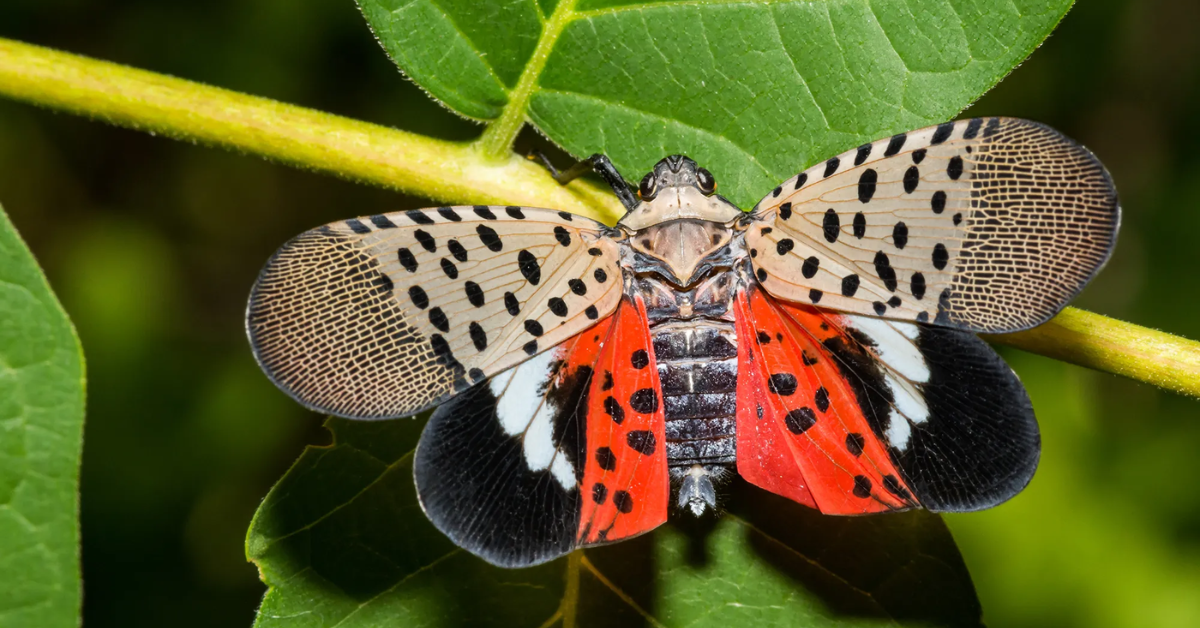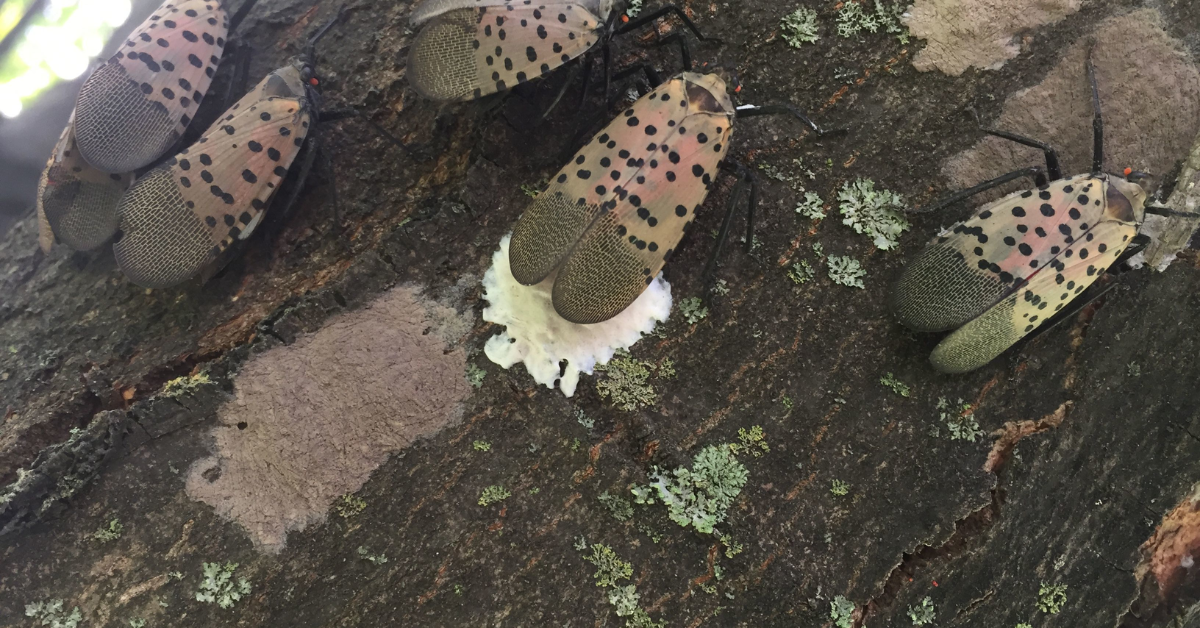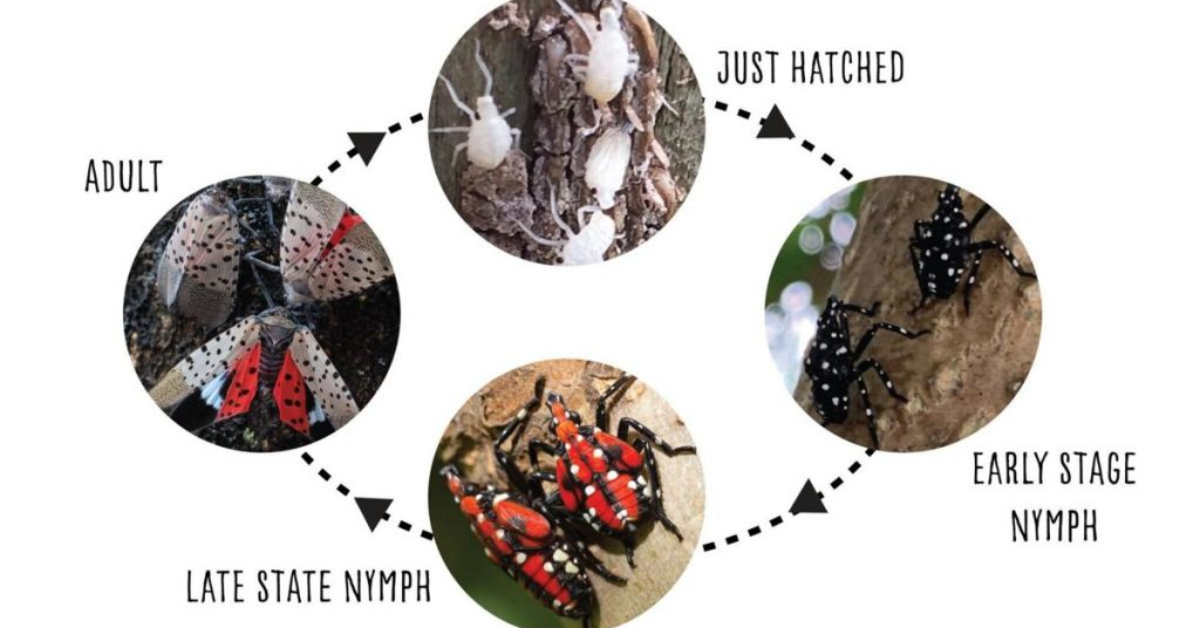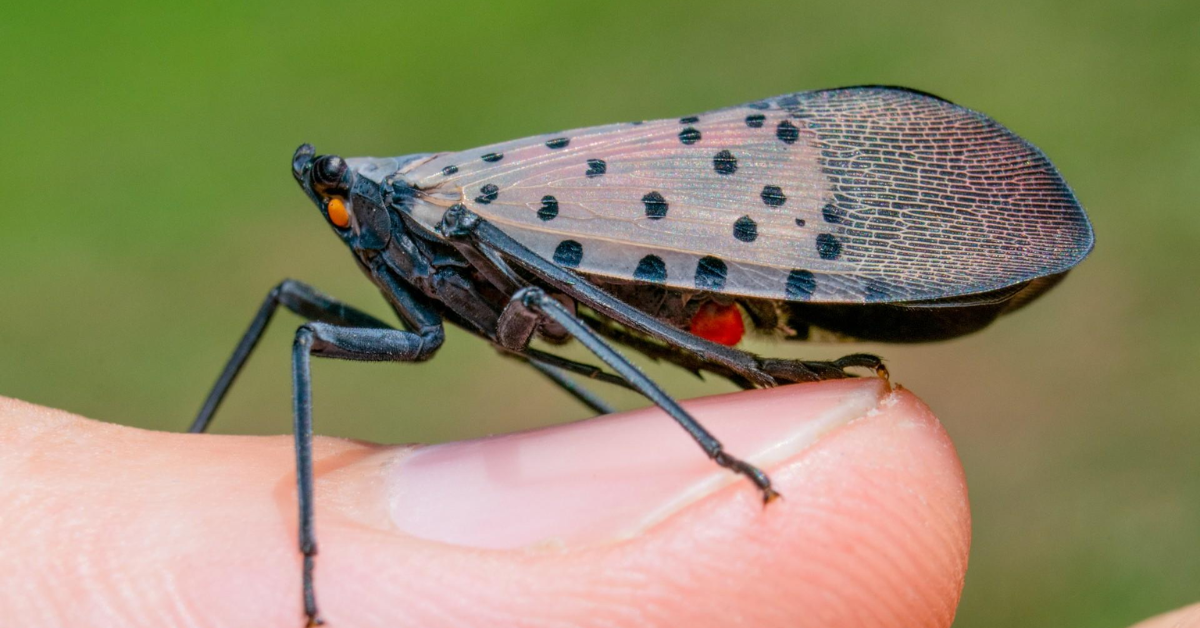7 Effective Ways to Eliminate Lanternflies from Your Home
I still remember the first time I spotted a lanternfly clinging to my backyard tree. At first, I thought it was just another colorful bug—but within days, I noticed sticky honeydew coating my patio and leaves stripped bare. If you’ve ever seen these pests up close, you know how quickly they can take over a home and garden.
That’s why I want to share 7 proven ways to get rid of lanternflies before they invade your space. These aren’t guesswork or generic tips you find scattered online—I’ve dug into trusted guides, extension resources, and real homeowner strategies to give you practical, step-by-step solutions. By the end, you’ll know exactly what to do to protect your property, and how to stop these invaders in their tracks.
Understanding the Threat: Why Lanternflies Shouldn’t Be Ignored
I want to be honest with you—lanternflies are not just another garden nuisance. If left unchecked, they can quickly turn your backyard, trees, and even your patio into a sticky, messy battleground. Understanding the threat is the first step in actually protecting your home.
What is the Spotted Lanternfly (SLF) – Life Cycle, Behavior, How It Spreads
The Spotted Lanternfly is a colorful, sap-feeding insect that looks harmless at first glance. But here’s the reality: it feeds on over 70 species of trees and plants, from grapevines to maple trees, making almost any garden or yard a potential target.
Here’s what you need to know about their life cycle:
- Eggs: Laid in late summer to fall, often on tree trunks, rocks, or outdoor furniture. Each mass can contain 30–50 eggs.
- Nymphs: Hatch in spring and go through multiple growth stages, actively hopping and feeding.
- Adults: Arrive in summer with wings, capable of hopping or flying short distances, spreading rapidly to nearby trees and gardens.
Because of this life cycle, catching them early is critical—you don’t want eggs hiding on your firewood or outdoor décor.
How It Gets Into Homes, Gardens, and Properties

You might think lanternflies only live in trees—but they’re sneaky hitchhikers. They can easily travel into your property by:
- Clinging to vehicles parked near infested areas
- Hiding on outdoor furniture, firewood, or garden tools
- Riding on plants or décor you bring in from nurseries or neighbors’ yards
Even a single egg mass can start a full-blown infestation, so vigilance is key. A quick tip: always inspect anything new you bring into your yard, especially in late summer and fall.
Why It Matters for Homeowners
Here’s the part that makes this personal: lanternflies don’t just eat leaves—they suck sap, which produces sticky honeydew, a breeding ground for sooty mold. This isn’t just unsightly; it can weaken your trees and create a persistent mess that attracts ants and other pests.
Some practical signs to watch for:
- Shiny, sticky coating on your patio, deck, or cars
- Black sooty mold forming on leaves or tree trunks
- Damaged or stressed trees with curled or yellowing leaves
For a reliable guide on spotting these pests and understanding their impact, check out the Maryland Department of Agriculture’s overview. It’s a great resource to help you identify the problem before it gets out of hand.
Method 1 – Early Detection & Identification Before Infestation
Catching lanternflies early is by far the easiest way to protect your yard. Once eggs hatch or adults spread, controlling them becomes much harder and expensive.
- Recognising Egg Masses, Nymphs, and Adult Stages
- Egg masses: Grayish-brown, mud-like patches on trees, rocks, or furniture, each with 30–50 eggs.
- Nymphs: Small black-and-white or red-and-black insects that hop around in spring.
- Adults: Winged bugs with striking black spots that appear in summer and can fly short distances.
- High-Risk Surfaces: Watch out for:
- Vehicles parked near infested areas
- Firewood stacked outside
- Outdoor furniture
- Tree of Heaven and other favorite host plants
- Reporting and Monitoring Tools: I always recommend checking with your state’s quarantine or extension resources.
- Recommended Timing and Frequency: Inspect your property before moving outdoor items. Fall and winter—September through December—is when they lay eggs, so this is the most critical period to stay vigilant, according to a Washington Post report.
Method 2 – Mechanical Removal & Physical Barriers

For immediate relief without chemicals, mechanical methods work really well if you stay consistent.
- Scraping Off Egg Masses: Use a plastic card or putty knife to scrape eggs into a container with rubbing alcohol or hand sanitizer. Doing this in fall and winter stops them before they hatch. Just like lanternflies, other home pests such as carpet beetles can quickly become a nuisance if ignored—here are 7 proven ways to get rid of carpet beetles without calling pest control.
- Trapping Adults and Nymphs: Circle traps or vacuums can capture hopping nymphs and adults safely. Sticky bands alone can trap birds, so I usually combine them with manual removal.
- Removing or Managing Host Trees: Managing Tree of Heaven and other host trees lowers infestation risk. Diversifying your yard with native plants also makes it less attractive to lanternflies.
Method 3 – Chemical and Insecticidal Treatments (Used Wisely)
Sometimes, even the best mechanical strategies need chemical support, especially for larger infestations.
- Recommended Treatments: Bark sprays, foliar sprays, and soil injections can target different life stages. Use them carefully to avoid harming beneficial insects. Pennsylvania’s property management guide has specifics on timing and application.
- Safe Practices: Call a professional if you’re unsure. Remember, SLF isn’t harmful to humans or pets—the main caution is for other insects and following safety labels.
- Effectiveness and Limitations: No single treatment guarantees complete elimination. I’ve found the best results come from combining chemical sprays with mechanical removal.
Method 4 – Habitat Modification & Prevention Strategies
If you want lasting results, it’s not enough to just remove lanternflies once—they’ll come back if your property remains attractive. I’ve found that modifying your habitat is one of the most effective long-term strategies.
- Minimising Attractive Conditions
- Remove or manage host plants like Tree of Heaven and other favorite trees.
- Keep outdoor surfaces clean—sweeping up fallen leaves and debris reduces hiding spots.
- Clear clutter from patios and garden corners where eggs could be laid. If you want to take your home protection a step further, you can also check out these 10 smart home hacks to keep pests out all year, which complement the strategies I’ve shared here.
- Vegetation Diversity & Beneficial Predators
- Avoid planting large monocultures; mixing native trees and shrubs makes your yard less appealing.
- Encourage birds and beneficial insects that naturally feed on pests—they can help keep lanternflies in check.
- The University of Maryland Extension provides excellent guidance on these home-garden strategies.
- Vehicle and Outdoor Equipment Checks
- Always inspect outdoor items before traveling or moving them, from bicycles to firewood.
- Even small egg masses can hitch a ride, spreading infestations to new areas.
Method 5 – Timing Your Attack: Life‑Cycle Based Strategy

Timing is everything. I’ve learned the hard way that using the wrong method at the wrong stage is a waste of time and effort.
- Timeline of Lanternfly Life Stages
- Egg masses: Fall and winter (September–December)
- Nymphs: Spring, going through several growth stages
- Adults: Summer, hopping and flying short distances
- Egg laying: Late summer into fall, completing the cycle
- Best Timing for Each Method
- Scrape egg masses in fall and winter before they hatch.
- Set traps or hand-remove nymphs in spring.
- Apply sprays or bark treatments in summer when adults are active.
Method 6 – Monitoring, Reporting & Community Action
Lanternflies are not just your problem—they’re everyone’s problem. I’ve seen that the best results come when neighbors work together.
- Reporting Infestations
- Notify your local extension office or agriculture department if you find egg masses or adult infestations.
- Early reporting helps state agencies contain outbreaks.
- Community Education
- Share tips on social media, local listservs, or HOA newsletters.
- Awareness prevents accidental spread and encourages collective action.
- Quarantine Zones & Regulations
- Check local quarantine rules, like the Connecticut quarantine order, to understand which areas restrict moving certain items.
- Innovative Detection Methods
- Some states are experimenting with trained dogs that can sniff out egg masses.
- This is a fascinating development and shows how seriously experts take early detection.
Method 7 – Smart Maintenance & Follow‑Up — Ensuring Long‑Term Relief

University of Maryland Extension
Most homeowners stop after one round of treatment, only to see lanternflies return. I’ve learned that consistent follow-up is what really keeps them away.
- Routine Check-Ups
- Schedule inspections: scrape eggs in fall, check traps in spring, and scan host trees in summer.
- Treat your property like a seasonal project; consistency pays off. Maintaining a clean environment is key—not just for lanternflies. If you struggle with other flying pests, these 8 proven ways to get rid of houseflies and keep them from coming back might be useful.
- What to Do After Treatment
- Monitor for any missed egg masses or host trees.
- Reapply methods or adjust traps as needed.
- Check areas you may have missed the first time.
- Record-Keeping
- Take photos of your property and affected trees.
- Keep a simple log of treatments, removed hosts, and observations.
- This helps track progress and is useful if you sell your home or have neighbors experiencing infestations.
- Budgeting & Professionals
- Large infestations may require professional help; small DIY treatments work if you stay vigilant.
- Plan your budget so you’re prepared for repeated inspections or seasonal maintenance.
Bonus – Myths, Missteps & Expert‑Backed Facts
I’ve seen homeowners waste time on myths or make mistakes that actually make infestations worse. Here’s what you should know:
- Myth: “Squishing a few lanternflies solves the problem.”
Fact: It only helps locally; the population can rebound quickly. - Myth: “They bite or sting pets and humans.”
Fact: They do not. You can safely remove them without fear. - Mistake: Using sticky bands without wildlife safeguards.
Fact: Birds and beneficial insects can get trapped. Always follow guidance.
What to Do Right Now — Your Action Checklist
You don’t have to wait for the next article or guide. Start today:
- Inspect your vehicle and outdoor items for egg masses.
- Scrape any visible egg masses into alcohol or sanitizer.
- Set a trap or net on any identified host tree.
- Mark your calendar for spring checks and summer host-tree scans.
- Join or monitor a local community/reporting group for shared vigilance.
- Keep a simple log or photos of your interventions to track success.
This is the kind of small, consistent effort that makes a huge difference.
Final Thoughts
No single method will completely solve the problem—but an integrated strategy of detection, removal, prevention, and follow-up works.
- Early and consistent action is your best defense.
- Collaboration with neighbors and local communities multiplies your efforts.
If you’ve tried any of these methods or have your own tips, I’d love to hear from you in the comments below. Sharing experiences helps everyone.
For more practical, step-by-step home and garden advice like this, visit Build Like New and explore guides that help you maintain and improve your property the smart way.
Disclaimer: This article is for informational purposes only. Always follow local regulations and product instructions when managing pests. Build Like New is not responsible for any damage or injury resulting from the use of these methods. For severe infestations, consult a licensed professional.


